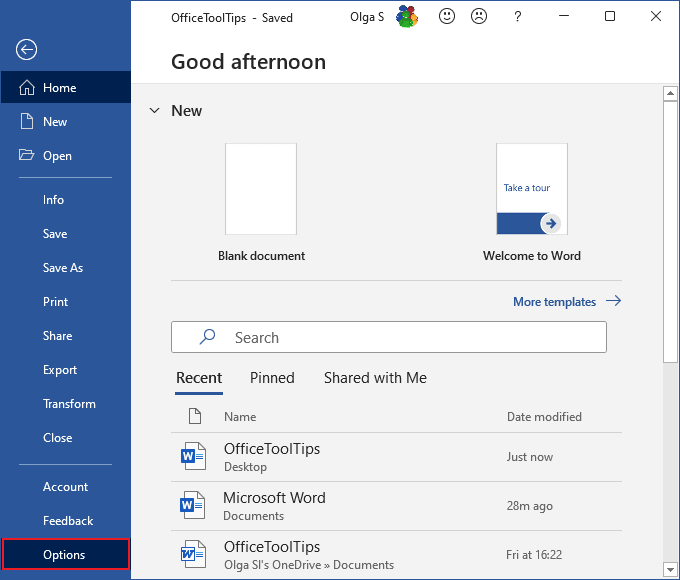
dotm is an extension for macro enabled word template document). The name of the default template is Normal.dotm (the.

HOW TO CHANGE WORD SETTINGS TO SEE TOP MARGIN WHEN TYPING HOW TO
If you are wondering how to change the default settings of a Word document (page layout, font size, font type, margins, paragraph spacing, page border, etc.) then read on.Įvery time you open a new Word document, a copy of the default Word template is displayed (as document 1, document 2, etc.) The end result is that you have sneakily used the text box to falsely create the look of a bigger top margin on. Choose a fill color of “No Fill” so any graphics behind it will be seen. Finish by making the text box hidden by removing its outline/border. Give the text box a height that makes it block enough of the upper region of the page so that the typing of the text in the body is exactly where you want the text for to start. Add a Text box to the header that has a Wrap Text setting of “Top and Bottom”. Select either a built-in set of margins or go to Custom Margins and set the particular ones you want.

The top margin will be different on by using the trick of adding a text box to header. The top margin for and subsequent pages will be controlled by the Margin settings set for the overall document on the Layout tab. The workaround to get a different top margin on and beyond is pretty slick. How to make template Page Margins different on and subsequent pages:

Luckily, once you proceed to set different content for the header and footers content of and and then, delete the placeholder content in the main body to get back to one total page of content, Word remembers the new Header and Footer settings when the template content reaches two page length or more. Just add enough placeholder content to generate page 2 and turn on the “Different First Page” checkbox. To have different Header & Footer content for page 2 and beyond, the technique is pretty straight forward. How to change template Header & Footer content for and beyond: To implement both of these types of setting changes as text spills beyond, I am going to show you some simple work-a rounds. If you use your “standard go to method” of changing margins by adding a section break, the end user may not know how to work with the section break and they may inadvertently delete it. Another dilemma is figuring out how to set a new margin settings for and beyond. You cannot rely on the standard method of checking the box for “Different First Page” for the new header and footer content because you don’t have a in the template. For example, you might like page numbers to be visible starting with. A particular dilemma that may stump you is how to have different settings on and all subsequent pages. These templates are typically no more than 1 page long since limited content is pre-typed in the body. Often company letterhead templates are designed to contain pre-filled header and footer content with a company logo, sample starter text, and custom page settings like margins.


 0 kommentar(er)
0 kommentar(er)
